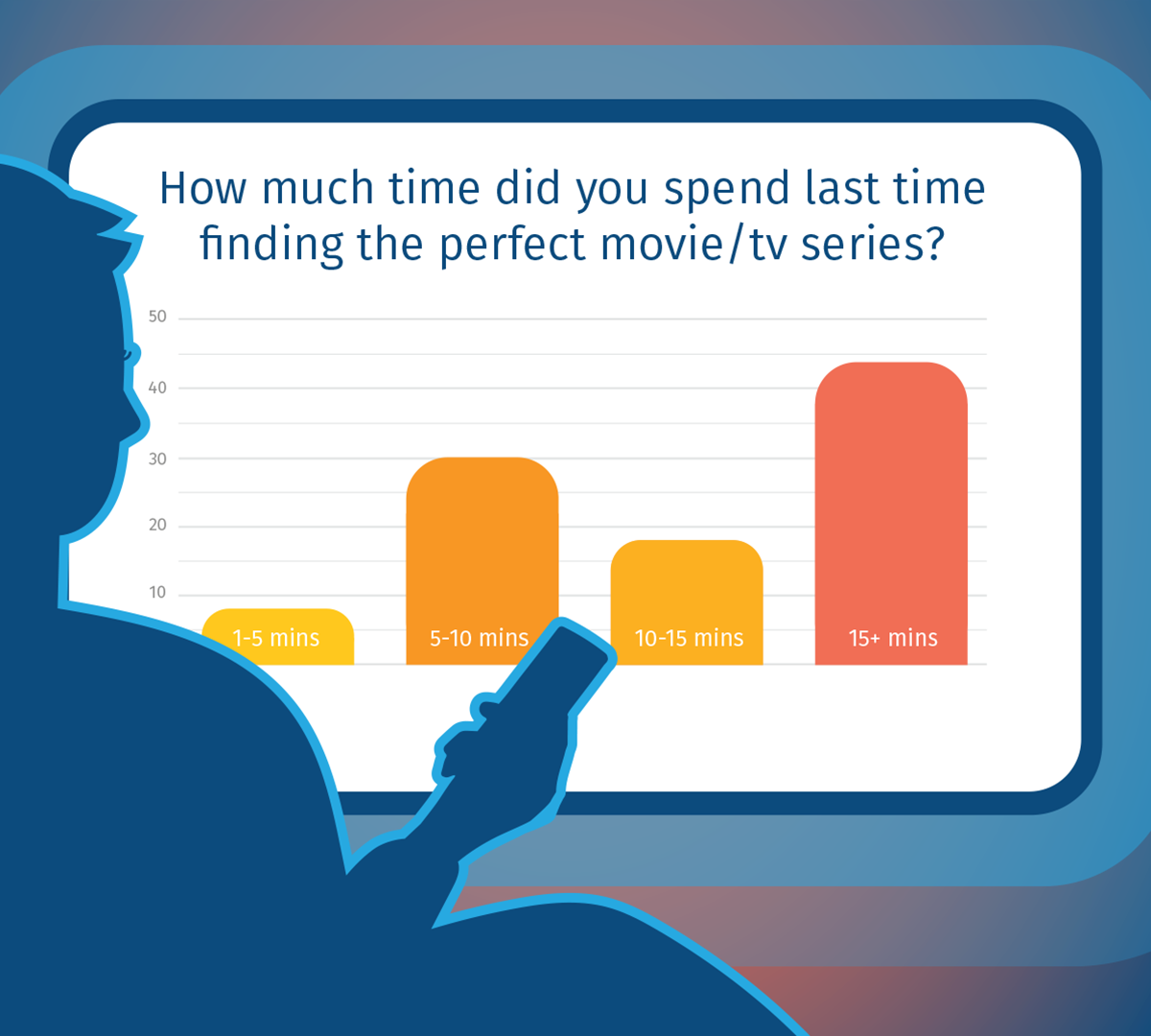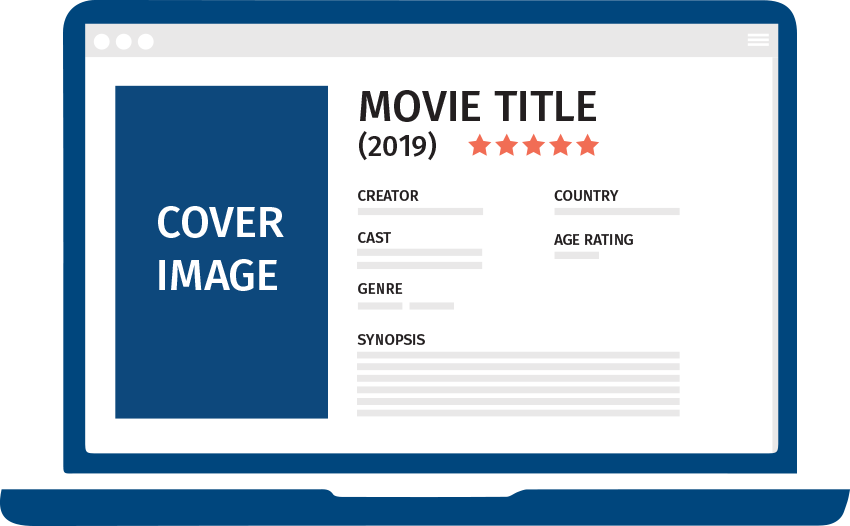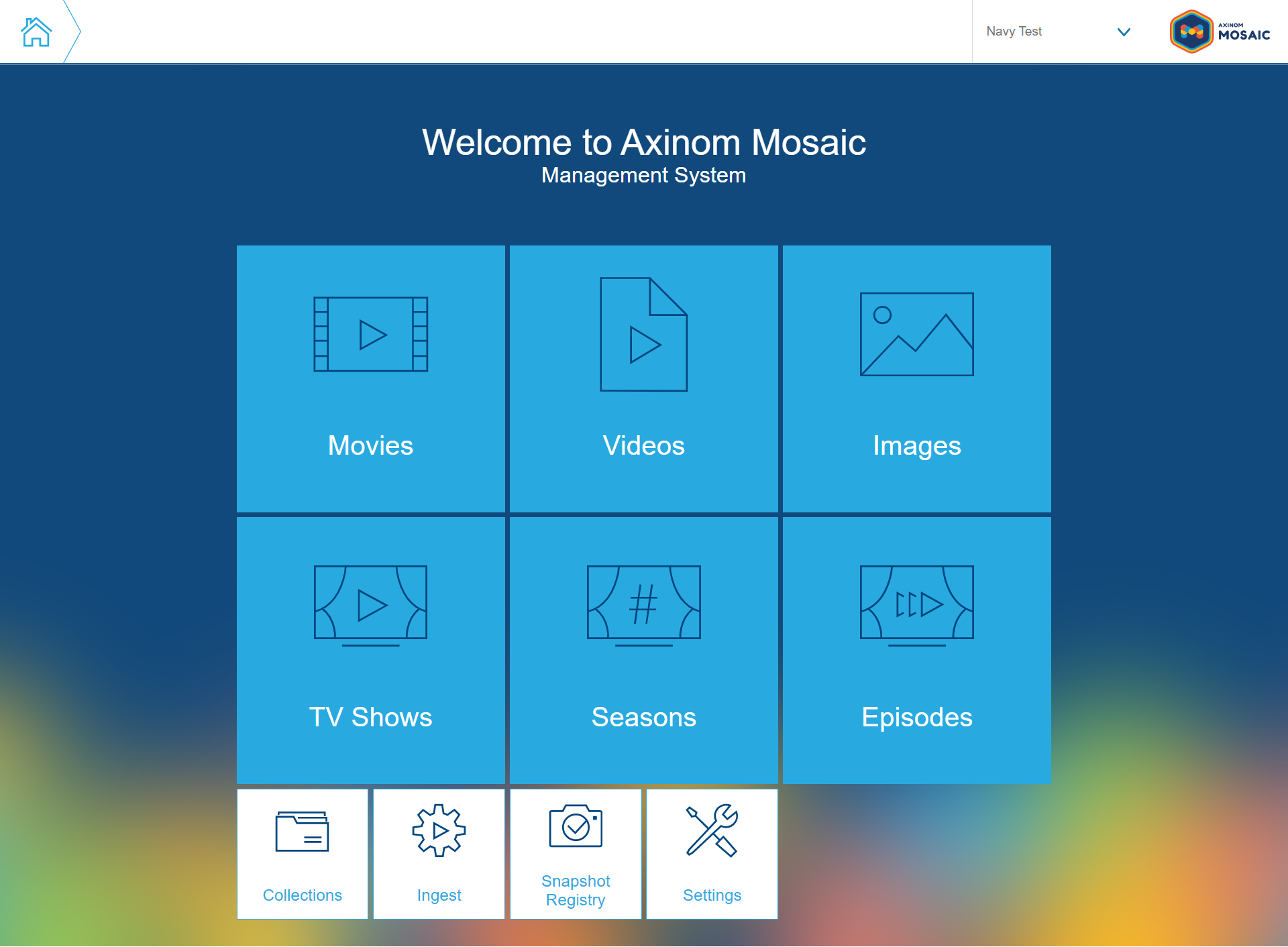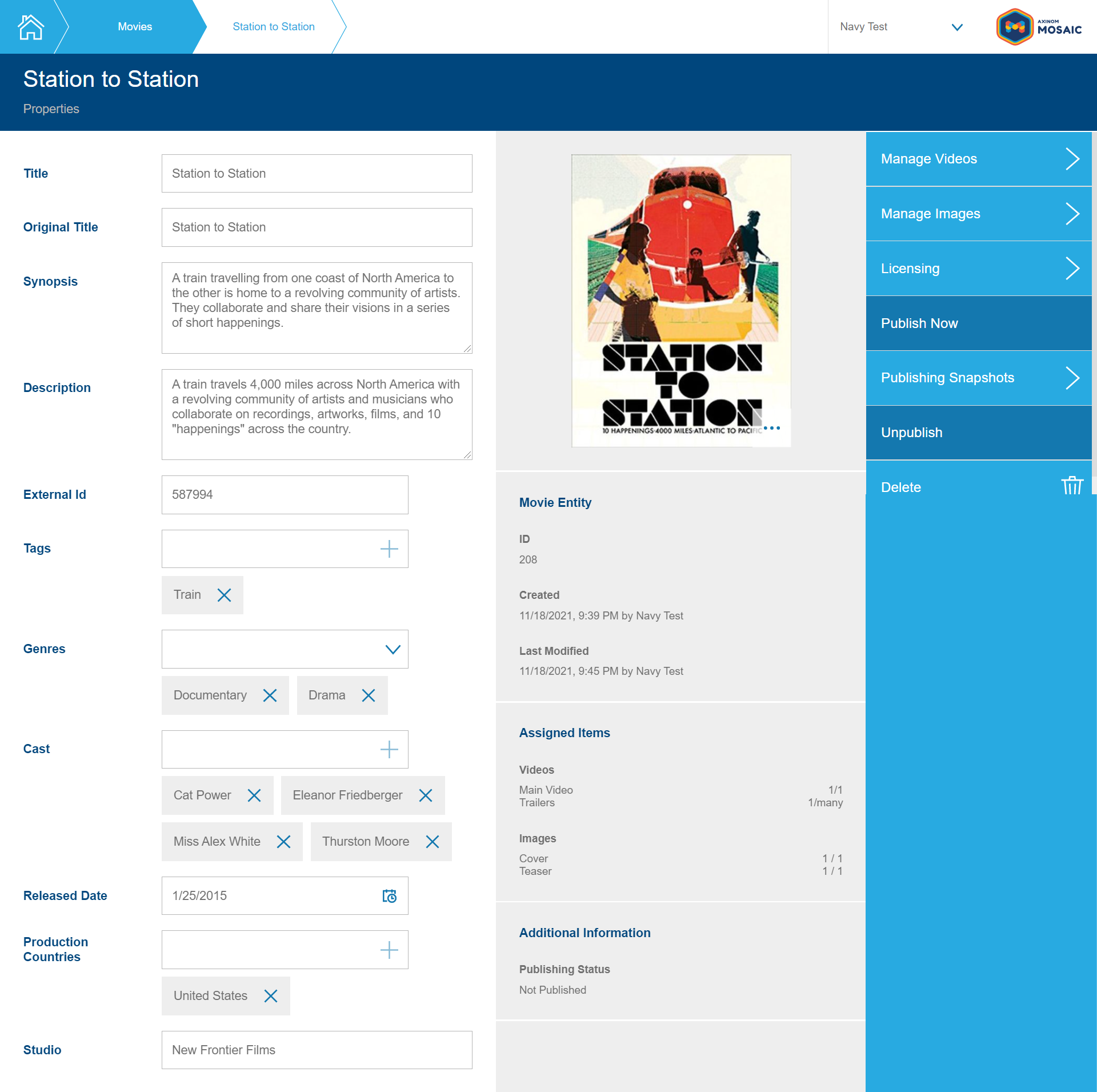

Metadata: Key to Value Generation in OTT
How Metadata Drives User Experience, Navigation, Discovery, Recommendations, and Importantly Monetization in OTT
Too many content offerings can be a blessing and a curse. On one hand, we have a lot of options and on the other a lot to choose from. How long did it take you to find a movie or show on your favorite streaming platform last time? When we asked the same question from our Linkedin audience, we got various answers, but a dominating number said they needed over 15 minutes.
The more time-consuming content discovery becomes, the more likely it is that viewers will switch their attention to something else. This leads to the question, how to enable easy discovery and facilitate viewer search? The answer lies closer to the data related to content than the content itself.

Content may be king, but metadata holds the keys to the kingdom. Whether through EPGs (Electronic Program Guides), personalized recommendations, and navigation tools, content discoverability is driven through proper metadata management. Metadata also enhances monetization prospects being the first point of contact for the viewers.
Importance of Metadata in OTT
Metadata adds context to the expanding OTT content libraries through descriptive properties (titles, synopsis, etc.) and elements that set relations (tags, genres, etc.). Such additional data is then paired with media content to open various possibilities.
Optimized User Experience
The media industry’s most prominent use of metadata has been to create a great user experience. From EPGs to thumbnails, every piece of metadata improves the interaction between viewers and the platform. It supports the creation of tailored and intuitive interfaces for various devices and platforms.
Content Discovery
Metadata plays a major role in content discoverability by creating a cohesive link between your OTT content and the content catalog. Enriched metadata significantly reduces search times through advanced and granular navigation capabilities, the promotion of lesser-known yet related content, and increased visibility of older content.
Personalized Viewing Experience
Metadata enables a personalized viewing experience in terms of suggested content and ads displayed. By utilizing content and viewer information as well as viewing habits, OTT providers can automatically tailor recommendations to show content that appeals to the viewer. Moreover, ads can be made more effective and personalized based on various factors, including the content being watched, the viewer’s geographic location, and personal preferences.
Furthermore, AI (Artificial Intelligence) and ML (Machine Learning) are transforming content navigation and discovery, empowered with augmented metadata. Many new platforms are already generating metadata and user insights to drive traffic through dynamic and personalized thumbnails, catalogs, video previews, and recommendations.
Better Monetization
Assets with enriched metadata provide streaming platforms information about viewer demographics, inclinations, sentiments, and context. With such information, media and entertainment companies are forming new channel partnerships to drive ancillary revenues on top of their VOD platforms. Moreover, information about the viewer can enable providers to show personalized ads that drive up engagement and monetization of ad-based streaming platforms.
Localized content
Entertainment transcends boundaries, language, or geography. An extensive content library is not the only thing that makes streaming platforms unique or global; the availability of these TV shows, movies, and documentaries in several localizations is crucial to success. People like content, and there’s nothing better than watching high production international content in a local language. A perfect example is the massively popular Spanish heist drama La Casa de Papel (Money Heist), which has been subtitled and translated into several languages.

A Single Point of Meta Truth
Rich and quality metadata is not the only piece in the puzzle though, to be truly effective, it needs to be aggregated within an efficient CMS (Content Management System). The CMS acts as a single point of truth from where you ingest, manage and relate metadata with your OTT content. With customizable editorial workflows and an infrastructure that allows media and entertainment companies to publish their content with more visibility and context on different screens.
Axinom Mosaic offers a modular content management solution that centers content, metadata, and the editorial experience under a unified management interface. Mosaic’s metadata management workflows are powered by Axinom Media, an open-source service that can be tailored to your needs.
Axinom Media is perfect for managing massive content catalogs, such as OTT platforms with millions of media assets (movies, TV shows, seasons, episodes, etc.), including license management for multiple regions. Axinom Media workflows operate within the Axinom Mosaic Management System and interact with its media microservice backend via the GraphQL API. The service enables you to automate metadata ingestion, orchestration of video encoding, and image import by uploading an ingest document via the GraphQL API.

Axinom Media allows editors to enrich metadata, set up asset relations, and finally publish their media assets. Below is the movie details station for the movie “Station to Station” from where you edit its metadata. From here, you can also easily navigate to the stations that allow the management of video and image assignments as well as the licensing information. Once you’ve achieved the desired state of the movie entity, you can go ahead and publish it by clicking on Publish Now. When an entity is published, Axinom Media gathers the metadata it has in store and the data from all the connected services. It transforms the data into the right publishing format and publishes it to Axinom Catalog via RabbitMQ messaging. Axinom Catalog exposes the published content through the GraphQL API to end-user devices.









